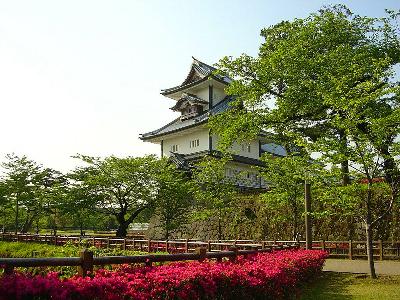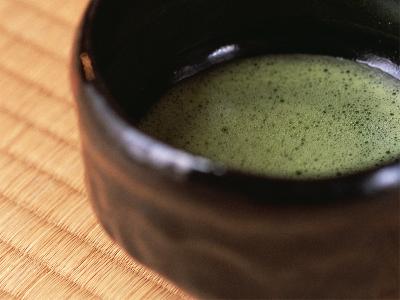|
The Hishi Turret was built to guard the front and back gates of Kanazawa Castle. 'Yagura', the word here for turret, can also mean 'arrow storage', like an armory, although the turret was used more as a guard tower.
Rising from a 11.7m-high stone wall, the Hishi Turret itself is close to 17m high, giving the whole structure an intimidating total height of 30m.
The name Hishi (Diamond) Turret, is derived from the diamond shape of the horizontal plane surface of the turret. The inner angles of the diamond's four corners are 80 degrees and 100 degrees respectively. The 100 or so wooden internal beams and pillars are likewise all diamond-shaped, hinting at the advanced skill required to construct the building. The structure connecting the Hishi Turret and the Hashizume Turret is the Gojikken Armory.
Rising from a 11.7m-high stone wall, the Hishi Turret itself is close to 17m high, giving the whole structure an intimidating total height of 30m.
The name Hishi (Diamond) Turret, is derived from the diamond shape of the horizontal plane surface of the turret. The inner angles of the diamond's four corners are 80 degrees and 100 degrees respectively. The 100 or so wooden internal beams and pillars are likewise all diamond-shaped, hinting at the advanced skill required to construct the building. The structure connecting the Hishi Turret and the Hashizume Turret is the Gojikken Armory.
| [+ADDRESS] | 
|


















